Download Resources
For More Info - Call Us
 |
+ 1-502-322-6567 |
Value Stream Mapping & Design
Description
This workshop is designed to support a lean transformation team charged with designing a future state vision for your operations and developing a specific implementation plan for getting there. We offer this class in special versions for manufacturing, health care, office and transactional systems and service operations. This course’s contents go way beyond the approaches of well-known references such as Learning to See, giving a systematic and comprehensive approach mapping and operations restructuring for enhancing value delivery, eliminating waste, designing cells and lines, establishing effective work and information flow, designing appropriate production control and visual scheduling procedures, defining implementation plans and installing appropriate operational support systems.
The workshop is built around a realistic and comprehensive case study – supported by videos, models and hands-on-processes where participants map the current state, document waste and specific counter measures to eliminate it and define a comprehensive future state plan. This case study is based on real world facilities that we have mapped and restructured, and it is designed to illustrate the application of key value stream structuring principles and the effective future state design process that ILS has developed.
This workshop is usually scheduled over 5 days and includes an ILS facilitated exercise to map one of your existing value streams in real time. We can further tailor the workshop depending upon the specific content that your organization needs.
Objectives & Outcomes
- Describe the principles of pull systems, classes of pull systems (including route-specific, part-specific, and CONWIP) and procedures for designing the structure of an appropriate pull and visual scheduling system for a given application
- Apply practical procedures for executing a value stream mapping activity, including product family definitions,, scope definition, value stream decomposition, model line strategies, team formation, effective execution of the mapping and planning process, and practical systems for getting thorough input and buy-in to the future state design
- Apply a systematic procedure for future state design. This includes defining the value proposition, operational alignment for maximum value delivery, customer interfacing needs, cell and line formation, pacemaker definition, structuring of pull and visual scheduling systems and future state operational support systems.
- Discuss the ramifications of alternative flow structures on system performance, including parallel versus serial structures, alternative queue structures, utility of replication and effective management of “monuments”
- Analyze structural approaches for improving production control including structuring to support short lead times from pacemaker to customer, establishing kitted flow, postponement strategies and preferred target structures for high-variety/custom manufacturing where variety must originate early in the routing
- Conduct a realistic capacity analysis, defining a future state that avoids built-in waste
- Comprehend overall facility layout to support the future state design
Target Audience
This course is designed for a team of individuals charged with developing transformation plans for the organization. It should include a broad mix of skills from a variety of functions in the company.
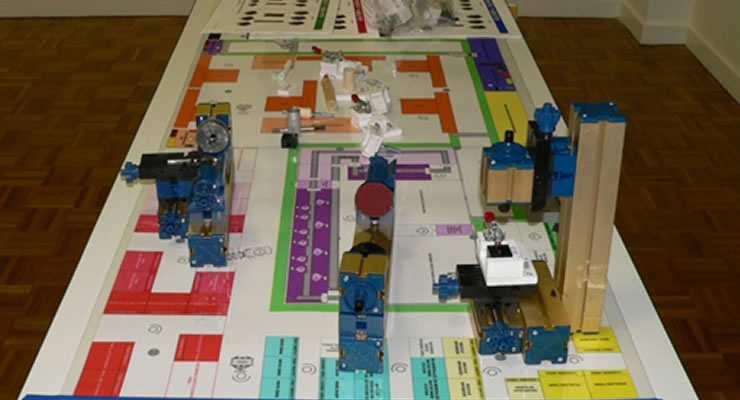
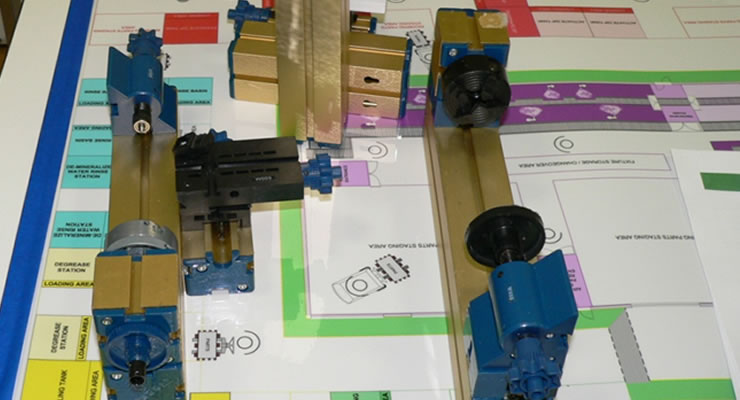
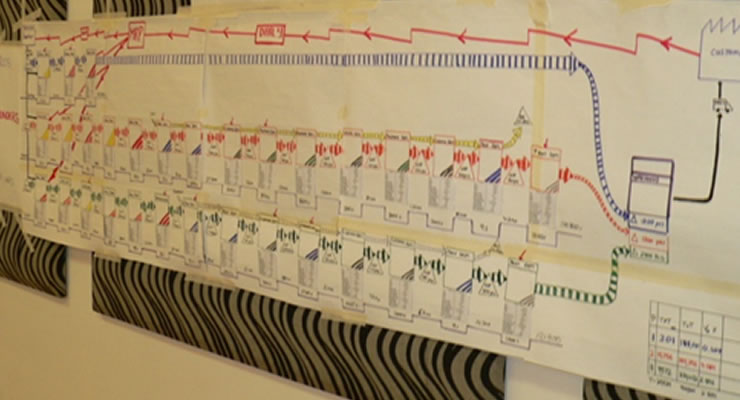
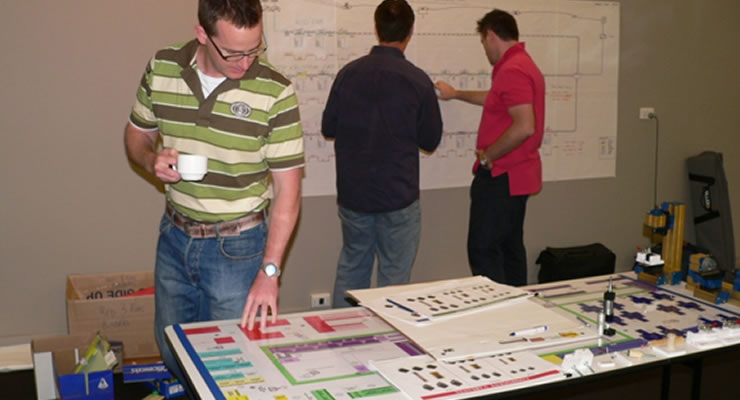
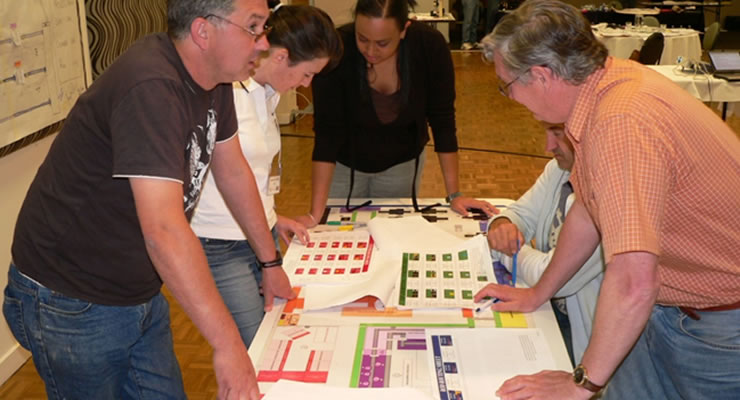
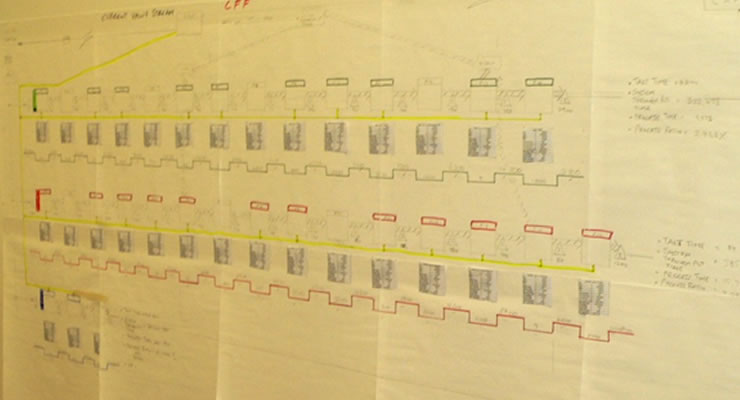
Copyright © 2018 ILS | All rights reserved.






